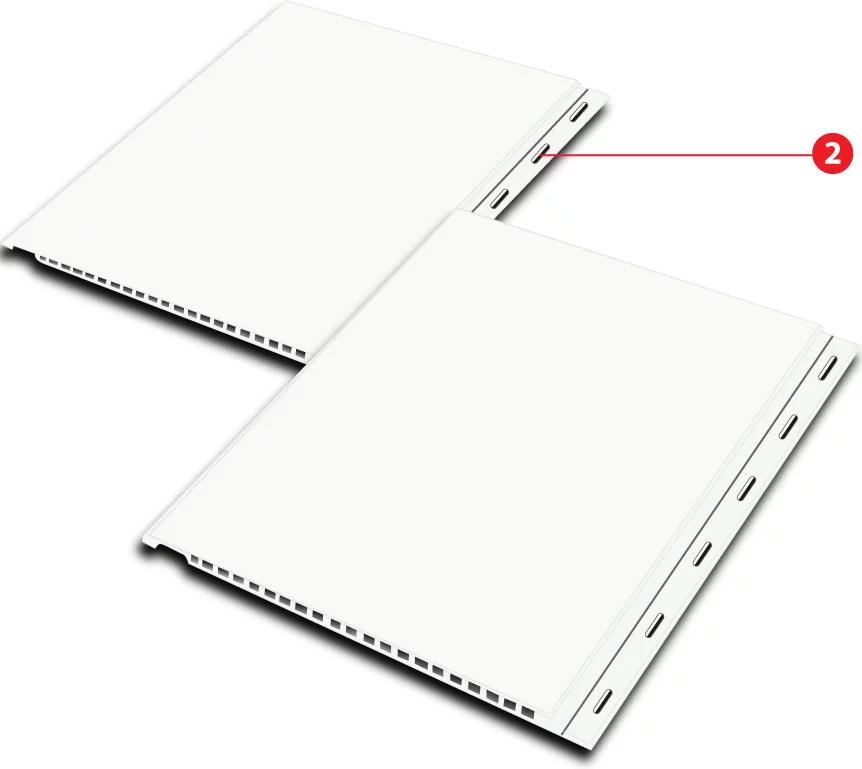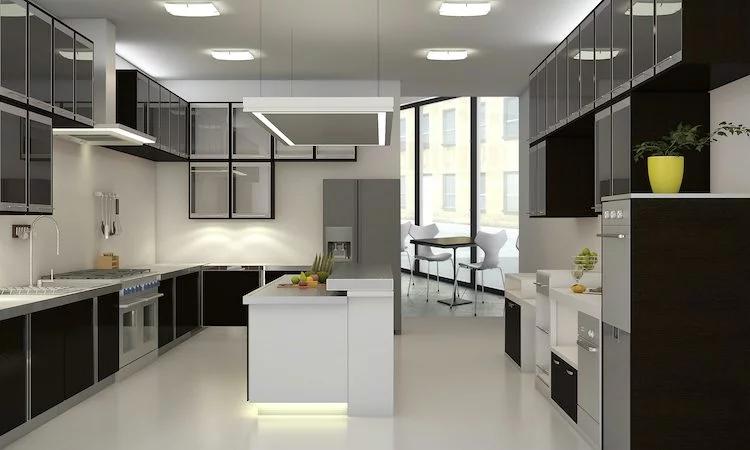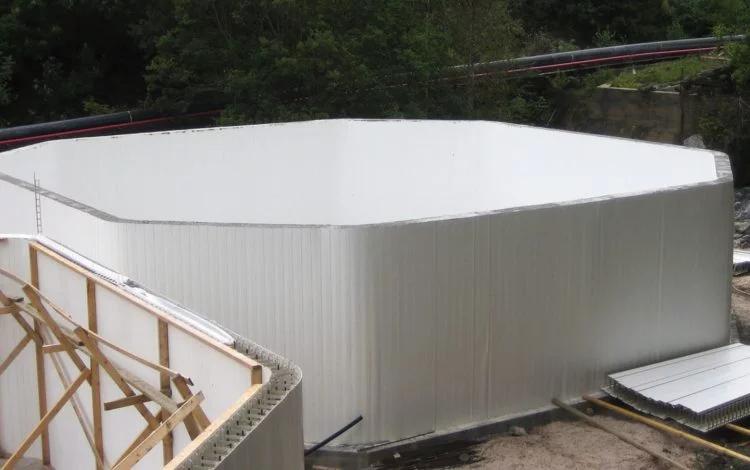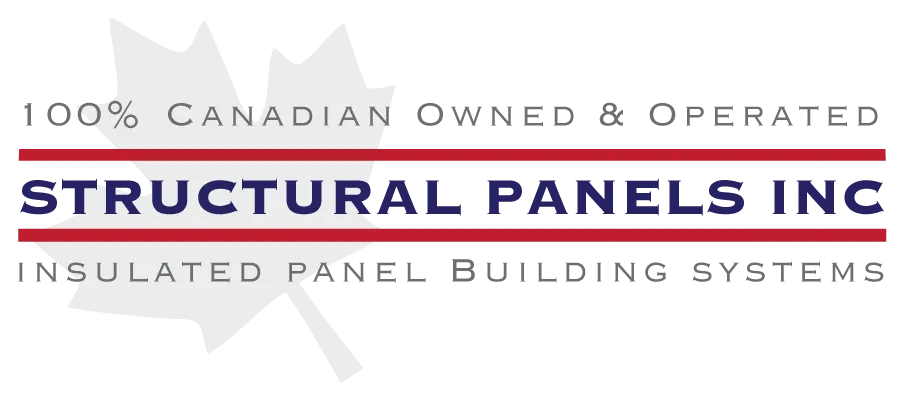Whenever you require easy-to-clean wall coverings, your best bet is to use interlocking PVC wall panels because of their many benefits.
This post discusses different benefits you can reap when you use PVC wall panels with an interlocking mechanism. But first things first. What are PVC wall panels?
What Are Interlocking PVC Wall Panels?

Interlocking PVC wall panels feature a tongue and groove system along the joints or meeting edges that fit into each other to provide a seamless finish.
If you buy our Octaform Quickliner™ PVC wall panels, you’ll notice the tongue and groove joint system that enables you to attach adjacent panels such that the whole surface appears to be one large wall panel.
The interlocking system in our Quickliner™ PVC wall panels features components such as tongue and groove, nailing flange, and Snap-Trim™ edges.
The nailing flange becomes the spot for driving fasteners through to the surface beneath the panels, while the Snap-Trim™ edges help ensure a professional finish.
Benefits of Interlocking PVC Wall Panels
You can enjoy the following benefits when you use interlocking plastic wall panels.
Zero Damage to the Covered Wall
Besides covering the wall beneath them to hide imperfections and provide aesthetic value, interlocking plastic wall panels ensure the wall doesn’t suffer undue damage.
The panels protect the surface beneath them from damage by water, impact, scratching, paint deterioration, and corrosion. Whenever causative agents of such damages happen, the panels act as absorbers, taking in the damage themselves.
Interlocking PVC panels remove the moisture and water that destroy paint through peeling or metal grids through rusting and corrosion.
For example, when you install the panels against a steel structure in a high-water environment like a car wash, your steel bars will remain intact as long as the panels are non-perforated.
You can remove damaged panels and replace them with new ones to restore the professional finish of the entire paneling while preserving the integrity of the surface beneath the panels.
Ease of Maintaining Wall Cleanliness

The interlocking design of Quickliner PVC wall panels ensures there is no space for dirt to seep through the panels to the wall. Plus, the plastic wall coverings are easy to clean because the surface is seamless and has a glossy finish.
The low-maintenance panels require only occasional wiping with a soft cleaning cloth dampened with a mild soap mixture.
The glossy finish ensures too much dirt doesn’t cling onto the panels, reducing the need for regular cleaning in the first place.
Easy Installation
Quickliner PVC wall panels are easy to install. They can be installed on various surfaces such as drywall, steel grid systems, concrete, plaster, plywood, and boards.
Regardless of the surface, the installation criterion is the same. The tongues and grooves fit together, and each panel is held in place with a small nail driven into the flange every 16 to 24 inches.
The ease of installation saves you time and money. The panels are large enough to cover an extensive area without many of them being needed. If you are on a tight budget, you can install the panels yourself without calling a professional installer.
Easy Replacement of Damaged Panels
As easy as they are to install, Quickliner PVC wall panels are also easy to replace when damaged. The good thing is that you don’t have to take down the whole installation—only the damaged panels are removed and replaced with new ones.
To replace damaged panels, you’ll have to undo the interlocking design. First, trace the edge where the panels meet with adjacent ones. Trace also the locations of the nails and remove them.
Once the nails are removed, slide out the panel while taking care not to damage the adjacent ones.
Installing a new PVC panel is also easy. Cut the incoming panel to size, if necessary, and then slide it into the empty slot. If possible, hold it firmly in place with a few nails.
Durability
PVC is inert and won’t react with chemicals in the air or soapy water, meaning the panels last a long time without losing shape since they do not battle the wear or tear that comes when materials react with chemicals.
Additionally, the panels are resistant to impact, meaning they can hold shape for a long time when well installed and not exposed to undue pressure or bombardments.
Exceptional Surface Finish
The glossy finish of PVC wall panel products adds to the seamless finish from the first PVC panel to the last one, thanks to the interlocking system. The panels fit together with no overlaps to look like one massive sheet of plastic paneling.
The resulting paneling looks neat and is highly presentable.
Zero Mold or Mildew Growth
Since no water seeps through the interlocking edges between the panels, the problem of mold or mildew growth on the covered surface is eliminated.
The panels do not capture moisture between them and the surface they cover, eliminating the chances of mildew or mold growing beneath them.
Zero mold or mildew growth is significant in applications such as commercial kitchens, where you must observe utmost food hygiene.
Versatility

Quickliner interlocking PVC wall panels aren’t just for walls. They are highly versatile and can also be used as:
- PVC roof panels for lightweight structures
- Grow room panels in the cannabis industry
- New car wash construction panels
- PVC ceiling panel products
When used for walls, economical PVC panels fit uses such as:
- Partitioning panels or temporary wall panels
- Commercial kitchen washable wall panels
- Food processing walls/wall panels for food industry
- Micro dairy parlor panels
Investors in the food industry seek PVC wall panel products because the interlocking panels provide a sanitary surface with easy cleaning and maintenance.
Closing Thoughts
You can enjoy plenty of benefits when you use interlocking PVC wall panels in applications such as car washes, dairy parlors, commercial kitchens, cannabis grow rooms, and aquaculture setups.
To enjoy the benefits optimally, ensure the panels are installed well, with all the interlocking edges carefully fitted together to leave no spaces where moisture or water could penetrate and damage the surface underneath the panels.
Also, always ensure the integrity of the paneling remains intact by replacing panels as soon as they get damaged by scratching or breakages and perforations caused by heavy impacts.

